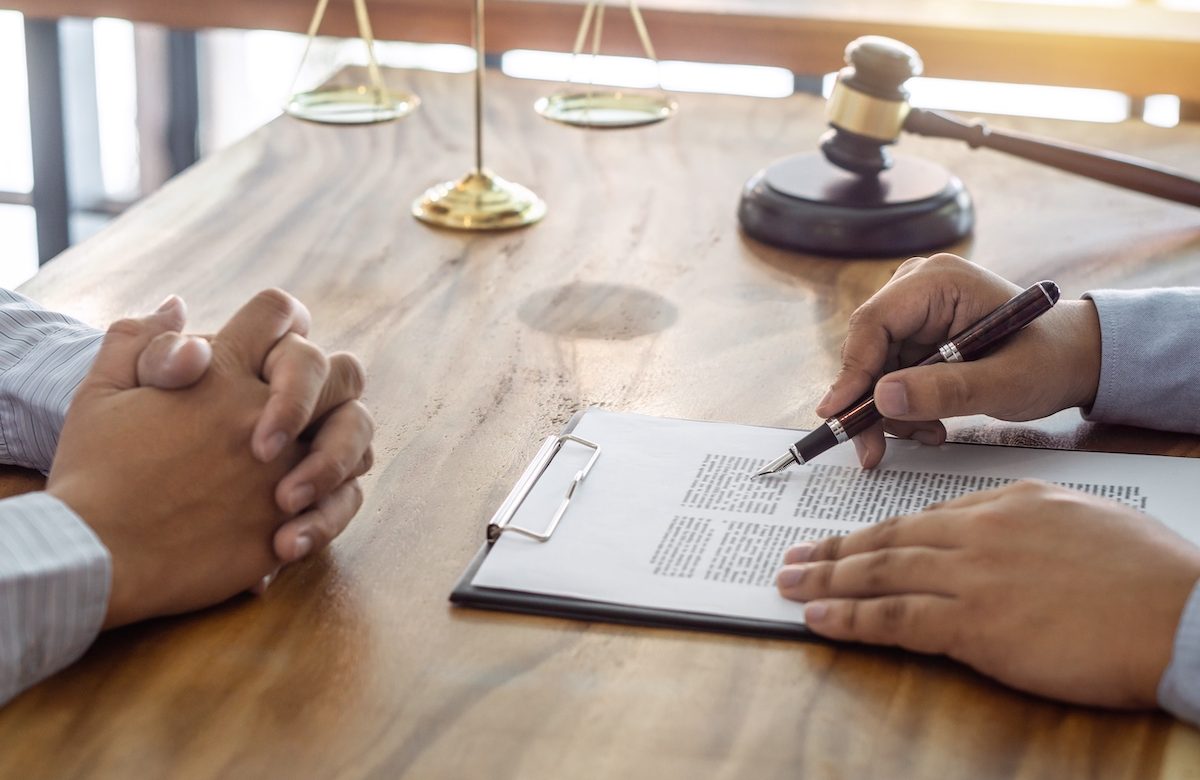Business litigation law deals with disputes arising out of non-criminal business and commercial transactions. Business litigation law can emerge in various situations, encompassing a wide range of legal issues. Furthermore, corporate lawsuits can occur in any industry. As a result, firms and people who may find themselves in business litigation should take advice from experienced business litigation lawyers. Cases found in business litigation include breach of contract, fraud disputes, disputes with partners or shareholders, breach of fiduciary duty, non-compete issues, intellectual property disputes, and insurance coverage disputes. The list can go on, but there are some common ones.
Why business should go for litigation first
The decision to pursue a lawsuit in the first place is often the most challenging part—and it has a lot to do with how much the process might cost. In almost all circumstances, the decision to prosecute or settle should be a business decision. When at least one side is overconfident in its case, the parties are more likely to litigate. Litigation is helpful in various applications and protects one’s interests. The most common sort of business litigation is a breach of contract claims. Contracts can control almost every area of your organization, covering purchases for goods and services, employment terms, and even your company’s structure. Others’ contractual duties to you are critical to the success of your business. And when someone breaks a contract, the consequences can be terrible. You can enforce your agreements with the help of a business litigation attorney. They can also assist you in defending yourself if an accusation comes of breaching a contract by another party.
Here are the five phases
Demand Letter
The demand letter is the first stage of trying to resolve the issue on the table. The complainant sends a letter to the other party. The idea of the letter is to reach an acceptable resolution. They will avoid resorting to judicial action, which would be costly and time-consuming.
Complaint
The second phase usually comes into play when the demand letter fails. The offending party must receive a copy of the petition after filing. The offender must respond to the petition or file an alternative document. They have enough time to respond to the petition. This document is usually an attempt to dismiss the case after receiving it. This then leads to the phase of discovery. This is after the offender submits his answer to the court.
Discovery
The third phase includes the exchanging of evidence. This includes requests for electronic records, such as emails and texts, requests for admissions, interrogatories, and depositions, all of which are examples of this. This is how you get admissible evidence that will help you prove your case or disprove their defenses. Every time you get a letter from a judge, you usually have to answer it within 30 days. Afterward, the parties will set dates for the depositions of the witnesses. A deposition is a hearing where lawyers from both sides meet with a witness and a court reporter to ask the witness about the case and what they will say in court.
Mediation
The fourth stage of business litigation is the final attempt to stop the case from going to court. The judge asks the complainant and offender to go through mediation. Here they sit down with a mediator who is independent of the case. They go over the issues, facts, and risks of going to trial. They try to come up with a settlement before the trial even starts. It is up to the two people to agree. If a side doesn’t agree with the mediator’s advice, they can’t force them to do so. If they reach a deal, the case will be closed. If not, the case will go to court.
Trial
After all, efforts have failed, then comes the trial. Trials are costly, and all litigators work very hard to avoid the cost for their clients. But if there is no resolution, then a trial is the last resort. The case then goes before a judge or a group of people (jury trial). Both sides make opening statements, call witnesses, and show evidence like contracts, partnership agreements, wills, trusts, and emails during the trial. Expert witnesses, like forensic accountants, may also be called. After presenting all the evidence has been, the advocates for both sides will make their closing arguments. Afterward, the judge or jury will look over all the evidence and decide what to do.
—–
Business litigation can be a grueling process for both parties. However, to settle disputes in business, there may need some back and forth. If there is too much friction between the parties, it is better to resolve it in court. Both parties need to have attorneys with the experience to get a fair deal.
